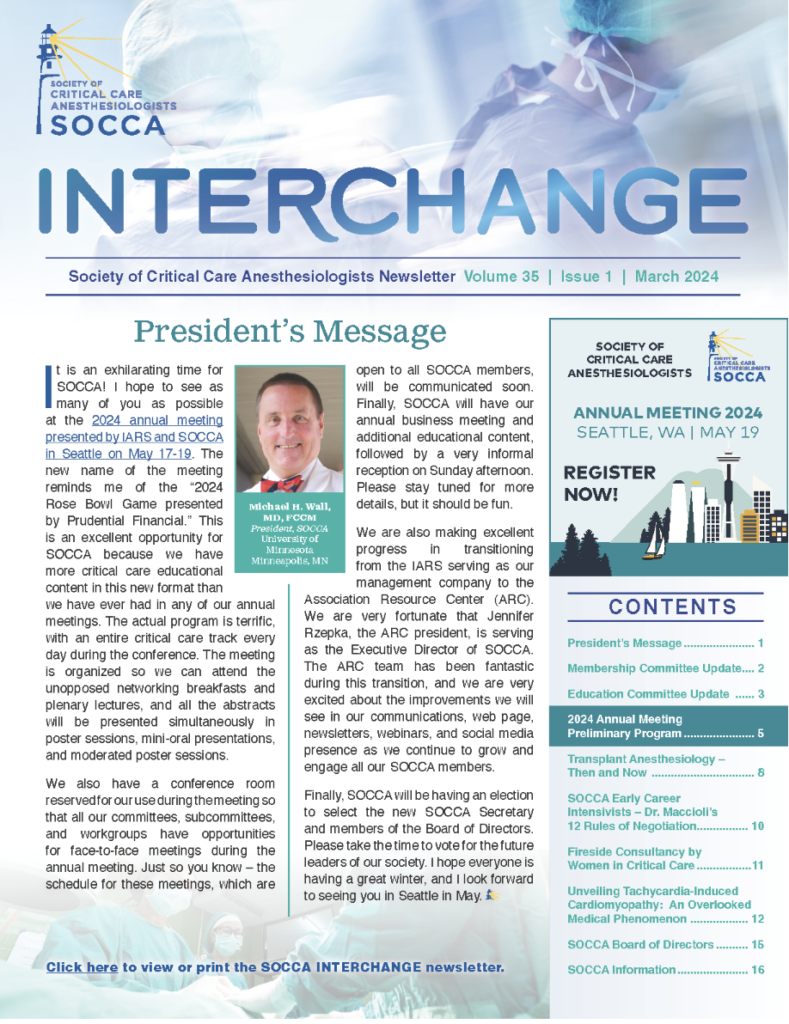Journal Article Critique
Implementing Pathways to Anesthesiology: Promoting Diversity, Equity, Inclusion, and Success. O’Conor et al. International Anesthesiology Clinics (2023) 61:1.
Summary
An interesting review article that is relevant to our field. The article touches on what we constantly encounter: a gap between equality and equity for anesthesiologists from underrepresented minorities in Medicine (URiM). While there are “advertised” equal opportunities for anesthesiologists hired at different stages of their careers, there remains a gap between what is advertised as equality and what is actually exercised of equity.
The article describes some sad statistics in terms of ongoing underrepresentation in residency and in higher executive leadership positions of women, Hispanics, Blacks, and Native Americans.
The authors highlight root causes of this existing gap such as structured and implicit biases, microaggression, and residuals of historical discriminatory policies of segregation such as the Flexner Report that led to the closure of Black medical schools and residual restraints on their access to medical education.
The authors then discuss programmatic interventions to mitigate this gap in the form of equitable focused recruitment with dedicated outreach to URiM to curative recruitment where applicants are invited for rotations to gain experience and understanding of the residency program. Another intervention is a neutral selection process of residents by standardizing questions asked to all candidates to avoid any discriminatory questions related to background. The article also discusses the importance of anti-bias training of leaders and faculty involved in the recruitment process with a specific emphasis on the training being interactive rather than the less engaging single-clicks, self-learning modules. The authors then focus on the importance of retention of URiM employees; with an emphasis on actual career development of URiM rather than simply keeping people within the same rank without development. Mentorship is strongly emphasized as well as sponsorship in terms of access to grants and funding opportunities. Importantly, the authors emphasize the importance of debt-reducing programs for URiM faculty to improve their living conditions and wellness giving an example of the pioneering efforts of the University of Michigan in this aspect. The article also highlights the very important need to create a data responsiveness environment where there is transparent and robust data on important parameters pertaining to diversity and inclusion. One of the points that caught my attention is the quest for compensation of the time of members who are on DEI Committees or leadership roles so that they do not miss important career opportunities by serving on these committees. I can tell that this recommendation has no existence in my department.
A major resource-intensive option to promote URiM is called a “Pathway Program”. In these programs, students from underrepresented backgrounds are supported from their early school years until their pursuit of unique careers. As expected, these programs require an enormous amount of funding, yet remain to be an interesting idea to pursue in resource-enabled programs.
What the article did not address and points for discussion
- Rationale and basis of URiM definition.
- Identification of other minorities that are disadvantaged based on criteria other than gender or race such as religion.
- Comparative analysis of anesthesiology to other specialties in terms of URiM representation.
- How URiM are evaluated compared to non-URiM individuals and what channels they can utilize to appeal to injustice incurred?
- How conflicts among URiM should be handled?
- Any statistical data about the societal representation of URiM and a comparable analysis to other specialties.




































